In Short:
Skiing is for everyone, no matter your age—but the right gear makes all the difference. Here's why Snowfeet* is your best choice:
- 🏔 Easy to control: Shorter skis = easier turns. Less strain on joints and more stability. Snowfeet* skiblades are perfect for a smooth, stress-free ride.
- ⛷ Perfect for all levels: Whether you're just starting or you're an advanced skier, Snowfeet* makes skiing comfortable and fun.
- ❄️ More fun, less work: Wider skis for stability, softer flex for comfort. Snowfeet* skis have it all.
- 🥾 No need for new boots: Snowfeet* skiblades work with your existing winter boots—no extra cost, just strap in and go.
- 💸 Affordable: Starting at just $150, Snowfeet* is a fraction of the cost of traditional ski gear—but with all the fun.
👉 Get back on the slopes with Snowfeet*. Whether you’re cruising the mountain or trying something new, we’ve got the gear to keep you safe, comfortable, and enjoying every moment.

Here's the full story:
Skiing is an exhilarating sport that can be enjoyed at any age. However, as we age, our bodies may require specific considerations when choosing the right equipment. Let's have a look at the best skis for older skiers.
Looking for some swift tips on how to choose the right gear? Check out our comprehensive guide for the crucial tips.
How do I know what size skis to get as a senior?
Ski size is determined by a combination of factors, including your height, weight, skill level, and skiing style. As a general rule of thumb, seniors should choose skis that are shorter and softer than what they used in their younger years. This is because our bodies may not be able to handle the same level of physical demands as before.
Gear up for your next winter adventure
Skiboards are skis which combine short length and wider base which makes them easy to control and turn. Longer skiboards (100 cm+) are especially suitable since their length does not limit, yet it provides enough support.
What skis are best for older skiers?
There are several types of skis that are specifically designed for older skiers, with features such as wider waist widths, softer flexes, and rockered tips. These skis can help seniors maintain control and stability on the slopes, even if their bodies may not be able to handle the same level of physical demands as before.
Some of the best skis for older skiers include:
All-mountain skis
These skis are designed for a variety of snow conditions and terrain, making them a versatile choice for seniors who like to explore different parts of the mountain.
Carving skis
These skis are designed for groomed runs and have a narrower waist width, making them easier to turn and control.
Powder skis
These skis are wider and have a softer flex, making them ideal for seniors who enjoy skiing in deep snow and off-piste terrain.
Rocker skis
These skis have a rockered tip, which helps to reduce the chance of catching an edge and makes turning easier.
Why shorter skis are better for older skiers?
Short skis aka skiboards / snowblades / skiblades can be better for older skiers because they are easier to control and maneuver, which can reduce the risk of falls and injuries. As we age, our reaction times slow down and our muscles may not be as strong as they used to be, so shorter skis can help compensate for these changes.
Short skis are also more stable at slower speeds, which can be beneficial for older skiers who may not want to ski as aggressively as they did in their younger years. They are also generally lighter, which can make them easier to carry and transport.
Choose length that suits you best
Additionally, short skis have a smaller turn radius, which can make turning easier and more efficient. This can be especially helpful for older skiers who may not have the strength or stamina to make larger, sweeping turns.
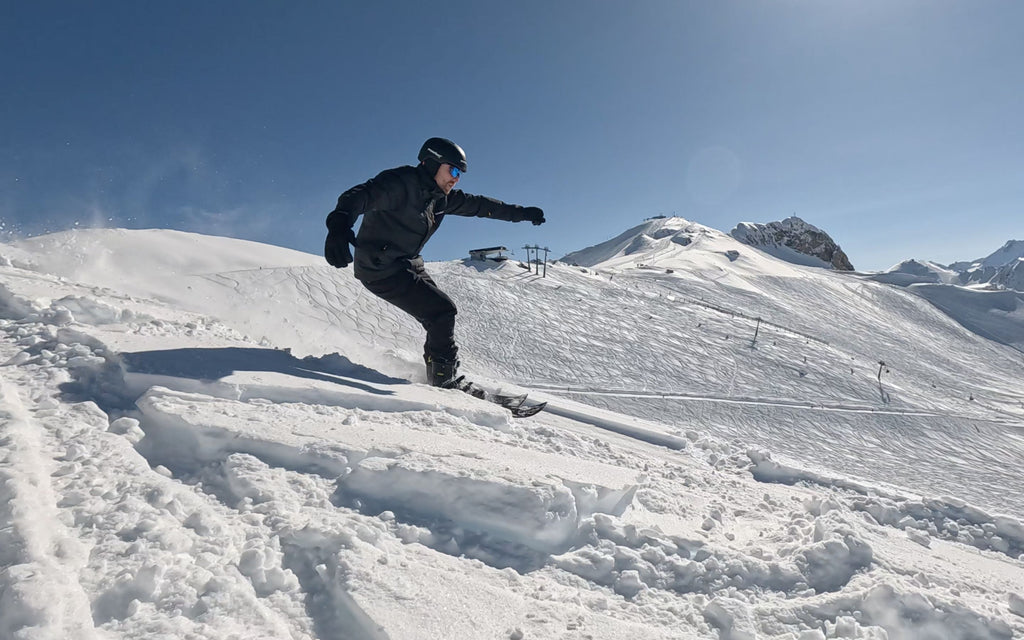
Skiing needs and requirements change with both age and proficiency level. The skis you have been using for the past years might not fit your needs and wants anymore, and that is okay. What to do when choosing new skis?
1. Consider your skiing ability level
The first thing to consider when choosing skis is your skiing ability level. Are you a beginner, intermediate, or advanced skier? Each level requires different types of skis to ensure maximum performance and comfort.
Beginner skiers will want to choose skis that are more forgiving and easy to maneuver. Intermediate skiers may prefer skis that have a bit more stiffness and are better at handling higher speeds. Advanced skiers may opt for skis that have a lot of power and can handle more challenging terrain.
2. Choose the right ski length
The right ski length is crucial when it comes to choosing skis. Skis that are too short or too long can be challenging to control and can cause unnecessary strain on your joints.
For older skiers, it is generally recommended to choose skis that are shorter than what you would typically choose. Shorter skis are easier to turn and maneuver, reducing the strain on your knees and hips. However, it's important not to go too short, as this can result in unstable skiing and reduced performance.
3. Consider the ski width
The width of the ski, or its "waist," can affect the way the ski performs in different conditions. A wider ski will provide more stability in powder or soft snow, while a narrower ski will be more responsive on hard-packed or icy conditions.
For older skiers, it's generally recommended to choose skis that have a wider waist. This will provide more stability and make skiing in powder or soft snow more comfortable and enjoyable.
Best for all ages
4. Choose a ski with a softer flex
The flex of a ski refers to how stiff or soft the ski is. Skis with a softer flex are easier to turn and control, reducing the strain on your knees and hips. They are also more forgiving, making them a good choice for older skiers who may not have the same strength and stamina as younger skiers.
5. Consider the binding system
The binding system is an essential part of the ski setup. It is the interface between your boots and the skis, and it can affect the way the ski performs. For older skiers, it is recommended to choose a binding system that is easy to operate and adjust. Look for bindings that are lightweight and have a simple design. When you are opting for longer skis, release ski bindings are generally recommended as the safest and easy to use option.
6. Get a professional fitting
Finally, it's essential to get a professional fitting when choosing skis. A professional can help you choose the right ski length, width, flex, and binding system for your specific needs. They can also make adjustments to the bindings to ensure they are set up correctly, reducing the risk of injury and improving your overall skiing experience.
Tips for Older Skiers
Skiing is a fun and exhilarating sport, but as we age, our bodies may not be able to handle the same physical demands as before. However, that doesn't mean you should give up on skiing altogether. Here are some tips for older skiers to keep in mind:
1. Get a physical
Before hitting the slopes, it's always a good idea to get a physical exam to make sure you are healthy enough for skiing. Your doctor may advise you on any modifications you need to make to your ski routine.
2. Warm-up
As we age, our muscles and joints become stiffer, making it important to properly warm up before hitting the slopes. Take some time to stretch and do some light exercises to prepare your body for the physical demands of skiing.
3. Know your limits
As we age, our balance and reaction time may slow down. It's important to know your limits and not push yourself too hard. Take breaks and rest as needed, and don't be afraid to take a lesson or two to brush up on your skills.
4. Use proper equipment
Skiing technology has come a long way in recent years, and there are now many specialized skis and equipment designed for older skiers. Consider investing in skis that are specifically designed for seniors, with features such as wider waist widths, softer flexes, and rockered tips.
5. Dress appropriately
As we age, our bodies may have a harder time regulating temperature, making it important to dress appropriately for skiing. Layers are key, as they can be easily added or removed as needed. A warm hat, gloves, and waterproof outerwear are also important.
Too old for skiing?
No!
Learning to ski can be a daunting task, especially for those who are a bit older. However, it is absolutely possible to start skiing in your 40s, 50s, 60s, or even 70s. Here are some answers to common questions for those interested in learning to ski later in life:
Can you learn to ski at 70?
Yes, it is definitely possible to learn to ski at 70 or any age for that matter. However, it's important to be mindful of your physical abilities and limitations. Consider taking lessons with an instructor who specializes in teaching older skiers and be sure to listen to your body and take breaks when necessary.
Can I learn to ski at 60?
Yes, it's absolutely possible to learn to ski at 60 or any age for that matter. However, it's important to be mindful of your physical abilities and limitations. Consider taking lessons with an instructor who specializes in teaching older skiers and be sure to listen to your body and take breaks when necessary.
Is it safe to ski in your 60s?
Absolutely! Skiing can be a safe and enjoyable activity for older adults, as long as you take the necessary precautions and listen to your body. Be sure to stretch before hitting the slopes and take breaks when necessary. Additionally, consider taking lessons with an instructor who specializes in teaching older skiers to ensure you're using the proper techniques and equipment.
How to start skiing at 50?
Starting to ski at 50 is similar to starting at any other age. Consider taking lessons with an instructor who can help you learn the basics and proper techniques. Start on easy slopes and work your way up as you become more comfortable. Don't be afraid to take breaks when you need them and be sure to listen to your body.
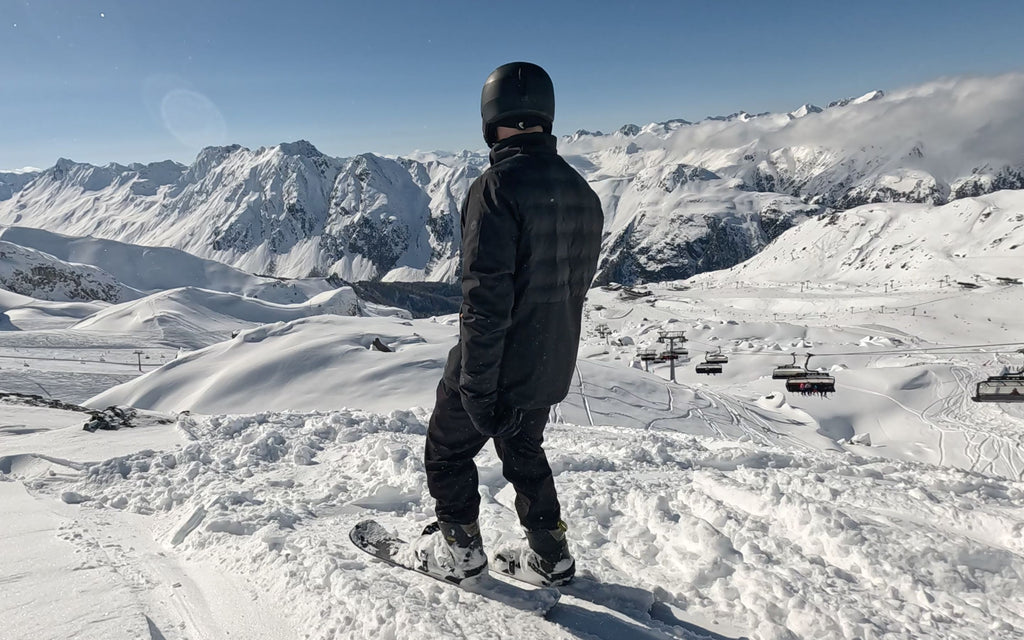
Can a 45 year old woman learn to ski?
Absolutely! Age and gender should not be barriers to learning to ski. With the right instruction and equipment, anyone can learn to ski regardless of their age or gender.
Can you learn how to ski at 40?
Yes, it's definitely possible to learn to ski at 40 or any age for that matter. Consider taking lessons with an instructor who can help you learn the basics and proper techniques. Be sure to start on easy slopes and work your way up as you become more comfortable.
How do you know if your skis are too old?
If you're skiing on skis that are more than a few years old, it's worth considering whether or not it's time for an upgrade. Signs that your skis may be too old include visible damage, worn-out edges, and a lack of responsiveness on the slopes. Additionally, newer skis are often designed with improved technology that can make skiing easier and more enjoyable.
When should I replace my old skis?
Generally, it's a good idea to replace your skis every 7-10 years, depending on how often you ski and how well you take care of your equipment. However, if you notice any signs of damage or wear and tear, it's best to replace your skis as soon as possible.
What about knees?
Skiing is a fun and exhilarating activity, but it can be hard on the knees, especially for those with pre-existing knee conditions. However, that doesn't mean that skiing is off-limits for those with bad knees. Here are some tips and information on how to ski without hurting your knees and what to look for in a ski that is forgiving on your joints.
Can I ski if I have bad knees?
It depends on the severity of your knee condition and how it affects your mobility and stability. It's best to consult with your doctor or physical therapist before hitting the slopes. They can evaluate your condition and give you advice on whether skiing is safe for you.
How can I ski without hurting my knees?
Proper technique and equipment can help reduce the impact on your knees. Here are some tips:
1. Warm-up
2. Strengthen your knees
3. Learn proper technique
4. Use knee pads or braces
5. Choose the right skis
Is powder skiing hard on knees?
Powder skiing can be harder on the knees than skiing on groomed runs. The deep snow can cause your knees to twist and torque, leading to potential injuries. However, with proper technique and equipment, you can reduce the impact on your knees.
Do you need strong knees to ski?
While strong knees can help improve your skiing performance, you don't necessarily need them to ski. Proper technique, equipment, and conditioning can help reduce the strain on your knees and make skiing more enjoyable.
What is a forgiving ski?
A forgiving ski is one that is designed to absorb shock and reduce the impact on your joints. These skis are typically wider and have a softer flex, allowing for easier turns and smoother rides. They are ideal for beginner and intermediate skiers or those with knee problems. When choosing a forgiving ski, look for one with a soft flex rating and wider width underfoot.
Conclusion
In conclusion, skiing can be safe and enjoyable for those with bad knees or other knee conditions. Proper technique, equipment, and conditioning can help reduce the impact on your knees and make skiing more enjoyable. When choosing skis, look for ones that are designed for easy turning and offer good shock absorption, such as forgiving skis. And don't forget to consult with your doctor or physical therapist before hitting the slopes.
Is there anything we forgot to mention?
Let us know in comment section below!
Try something new

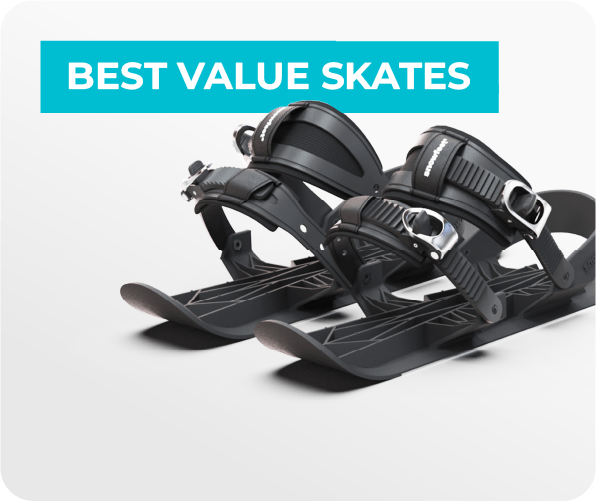
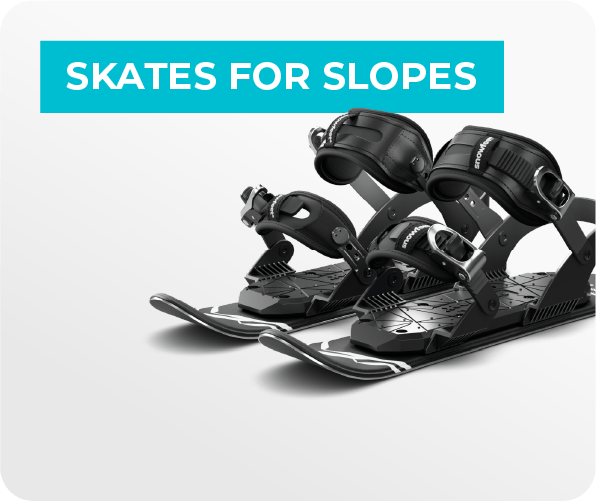
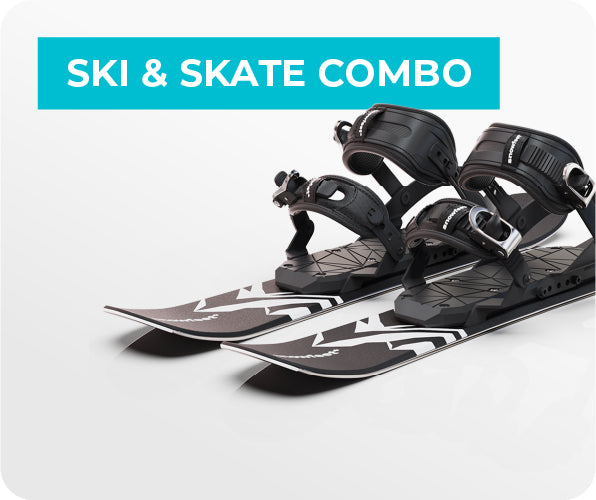
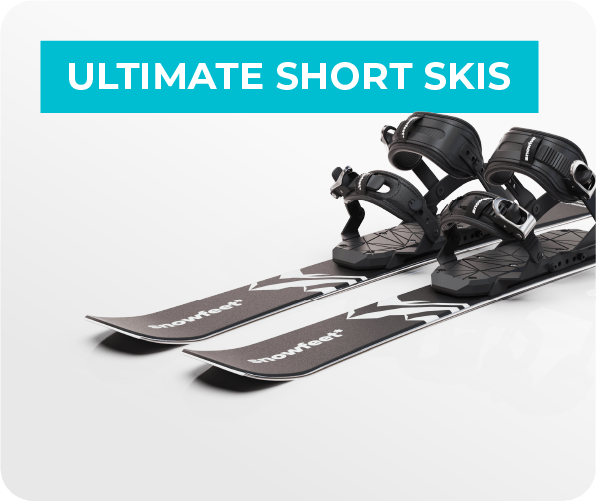
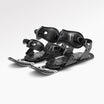
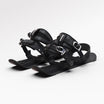
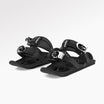
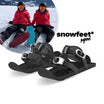
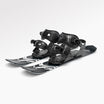
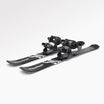
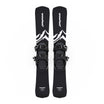
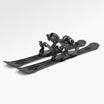
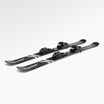
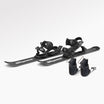
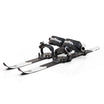
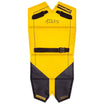
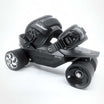
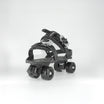
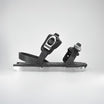
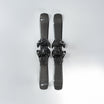
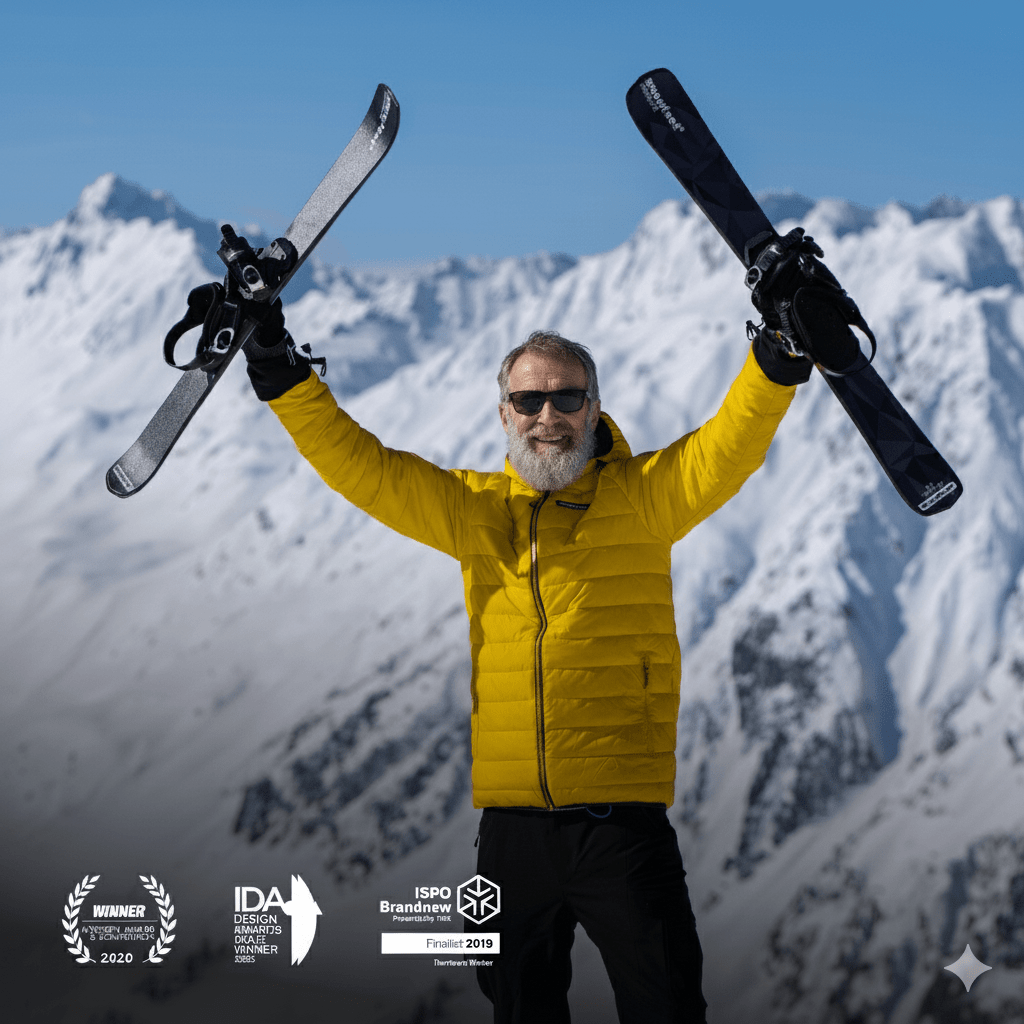

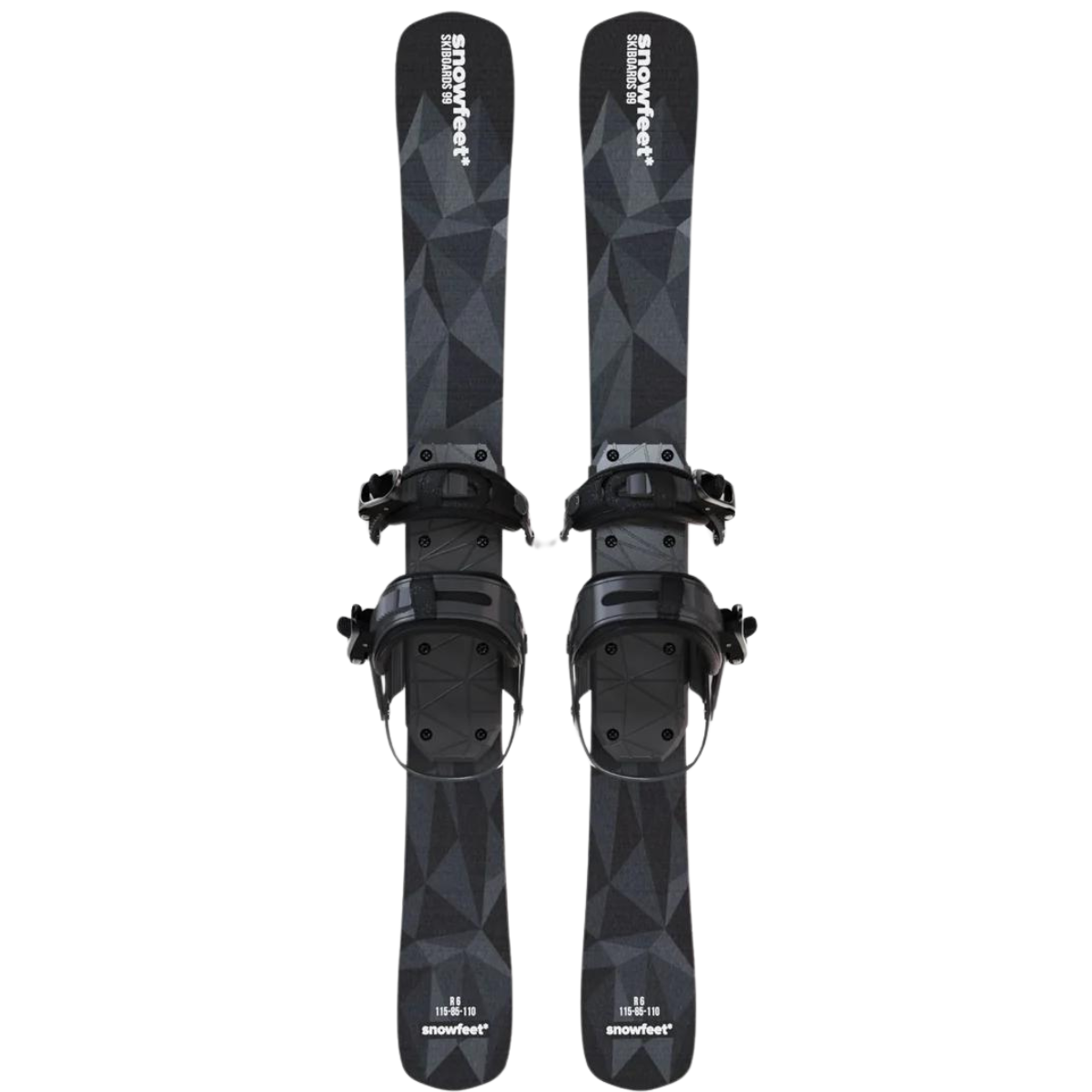
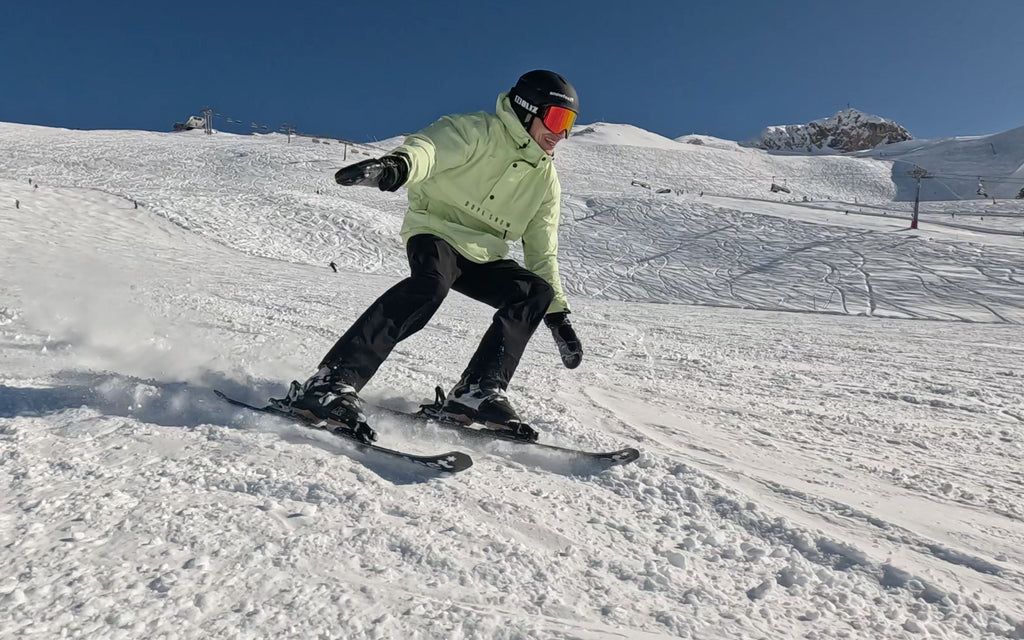



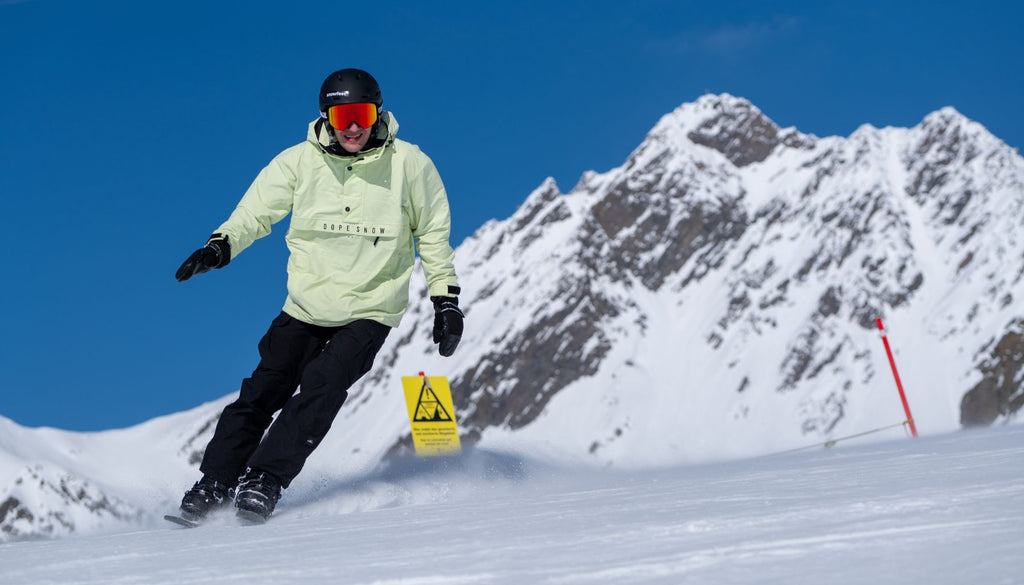

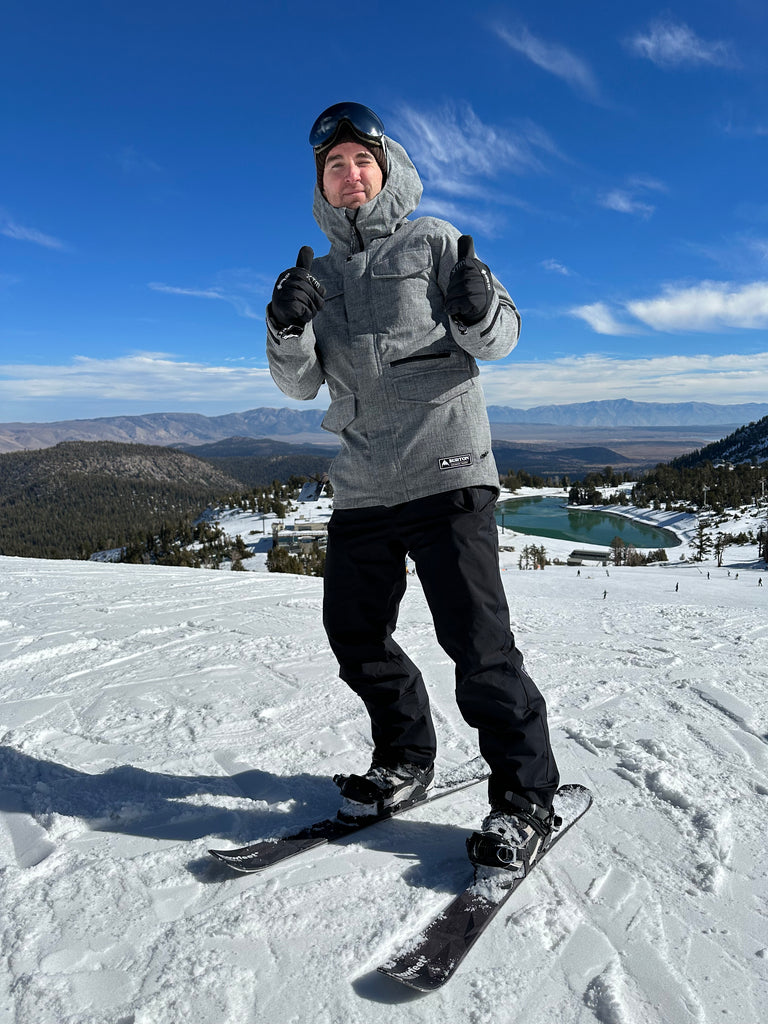



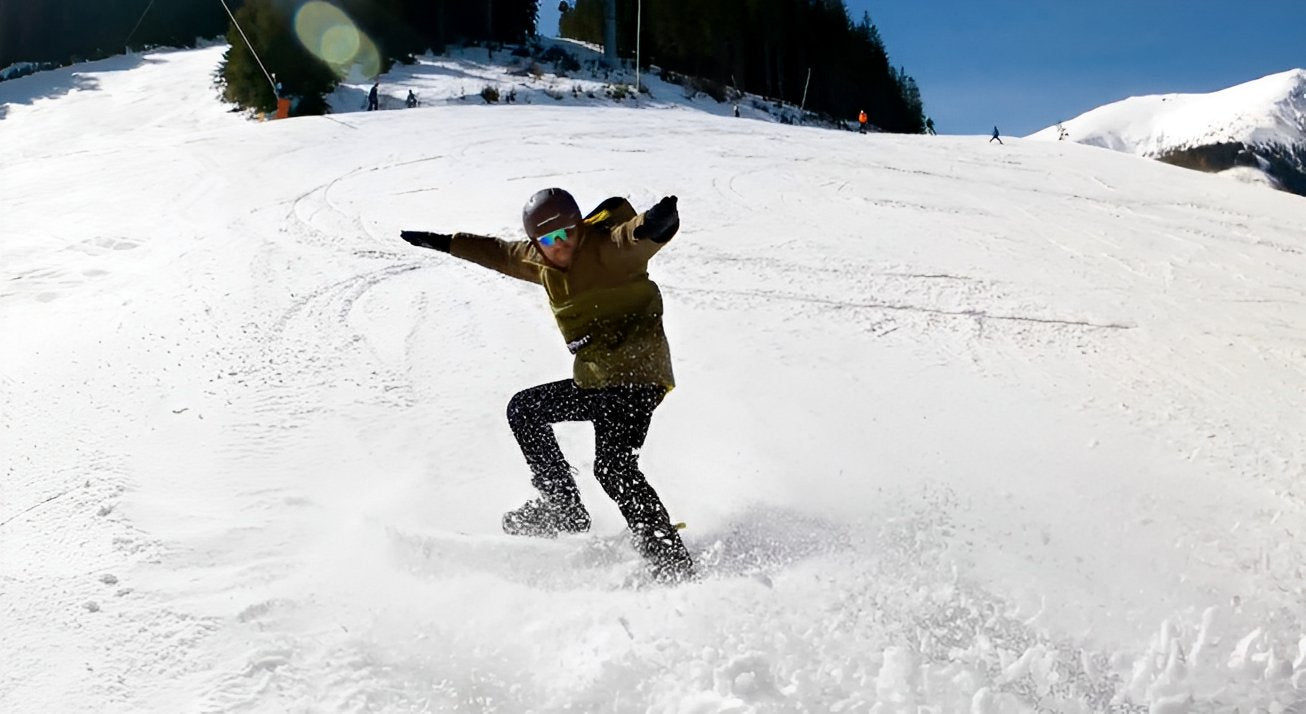
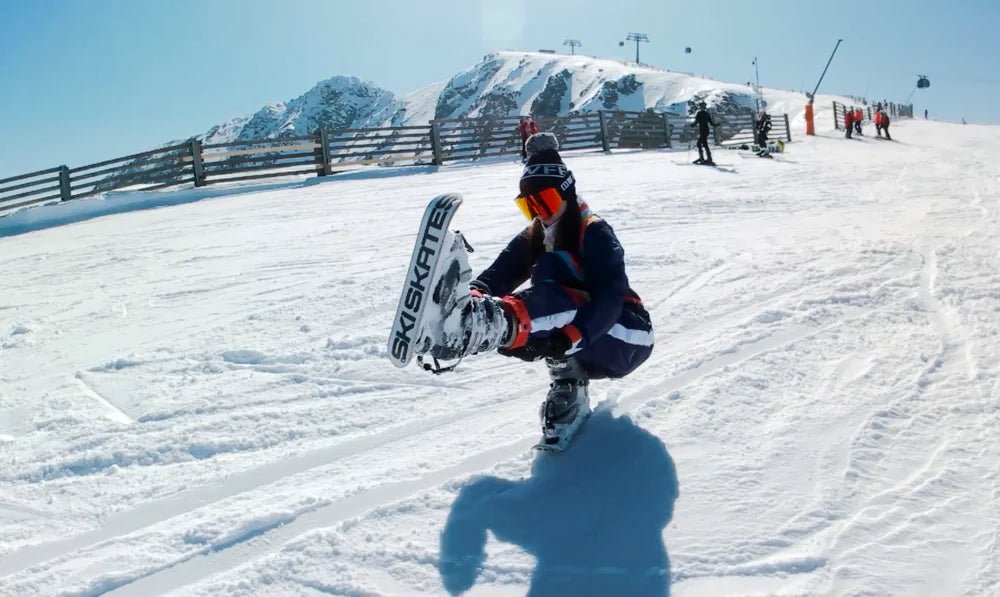
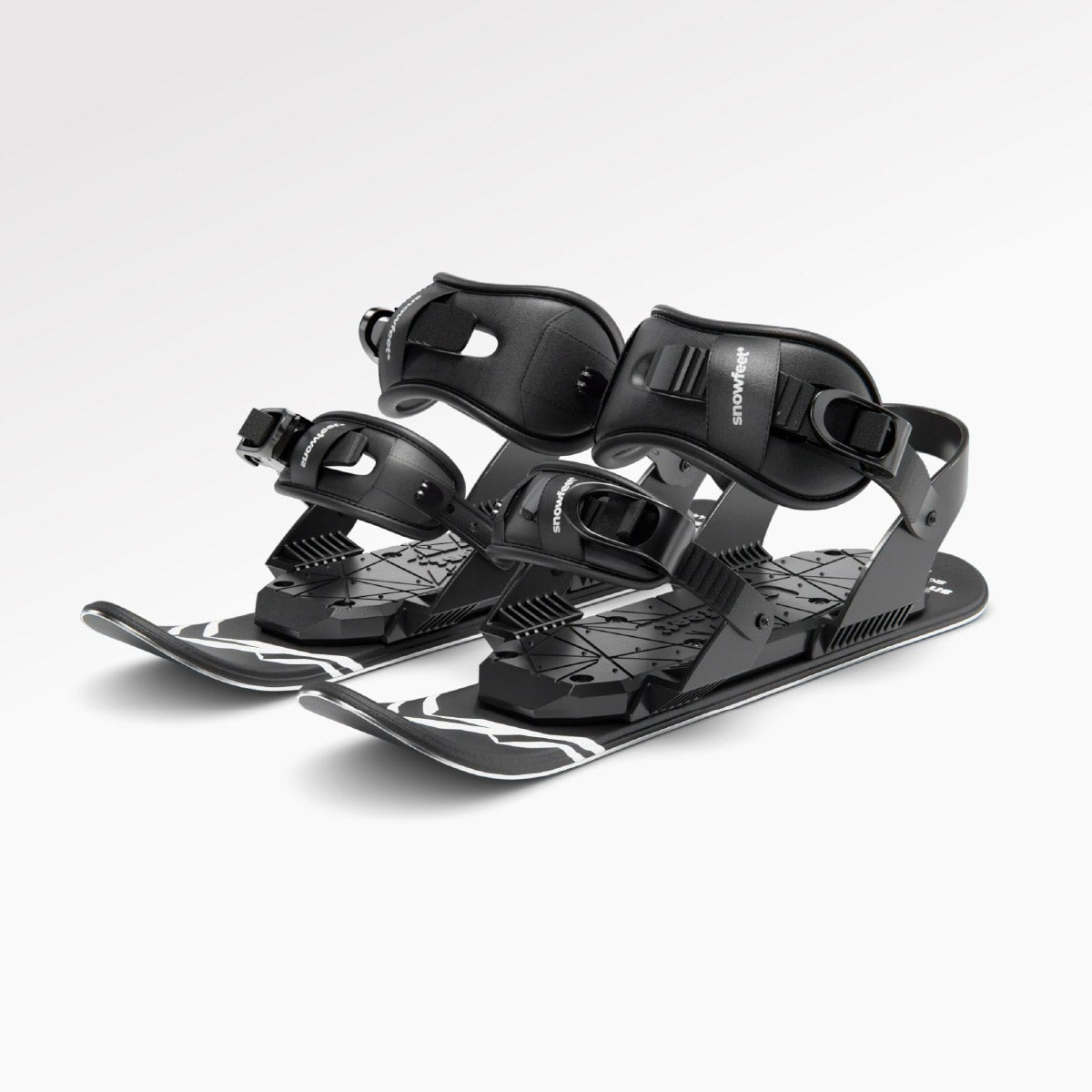
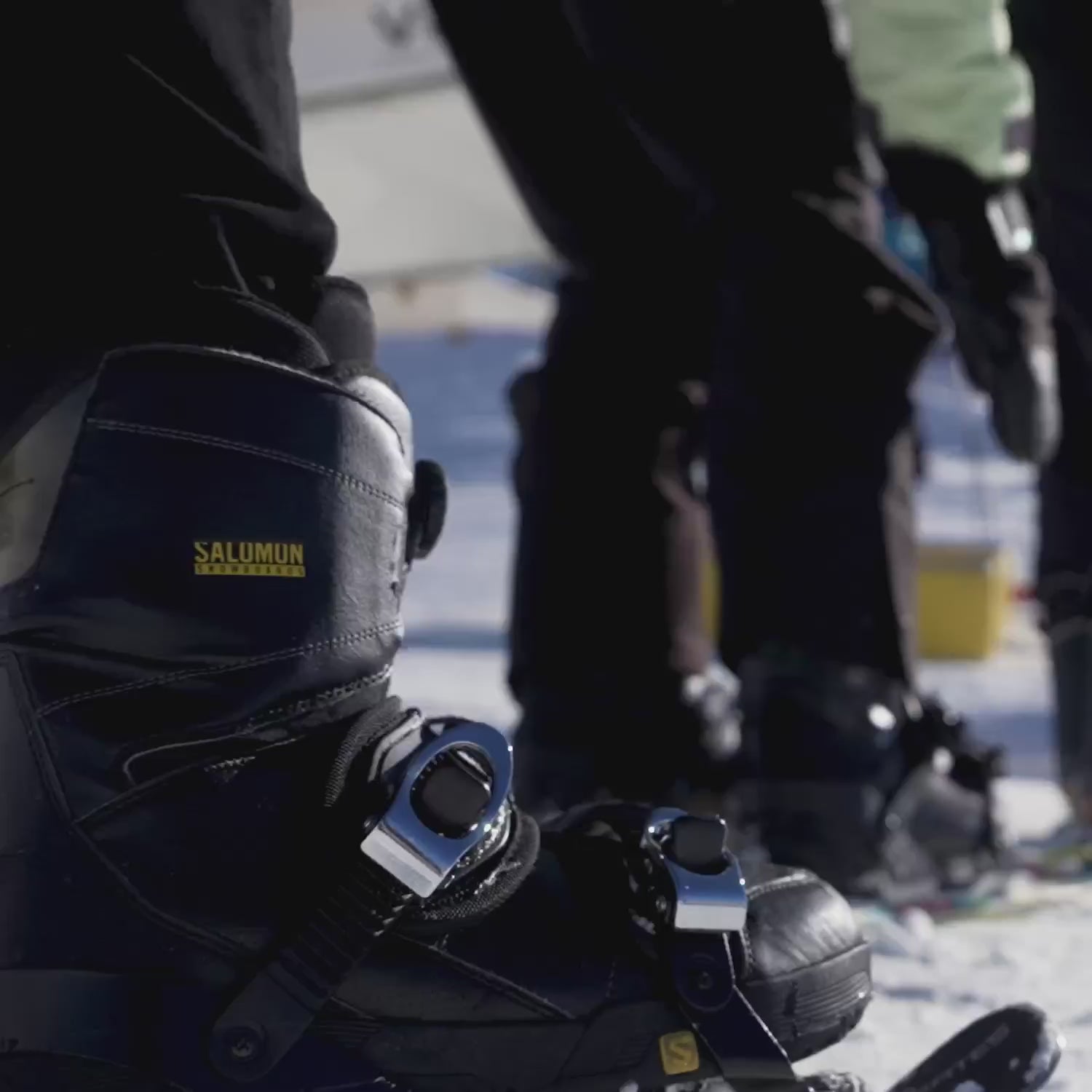
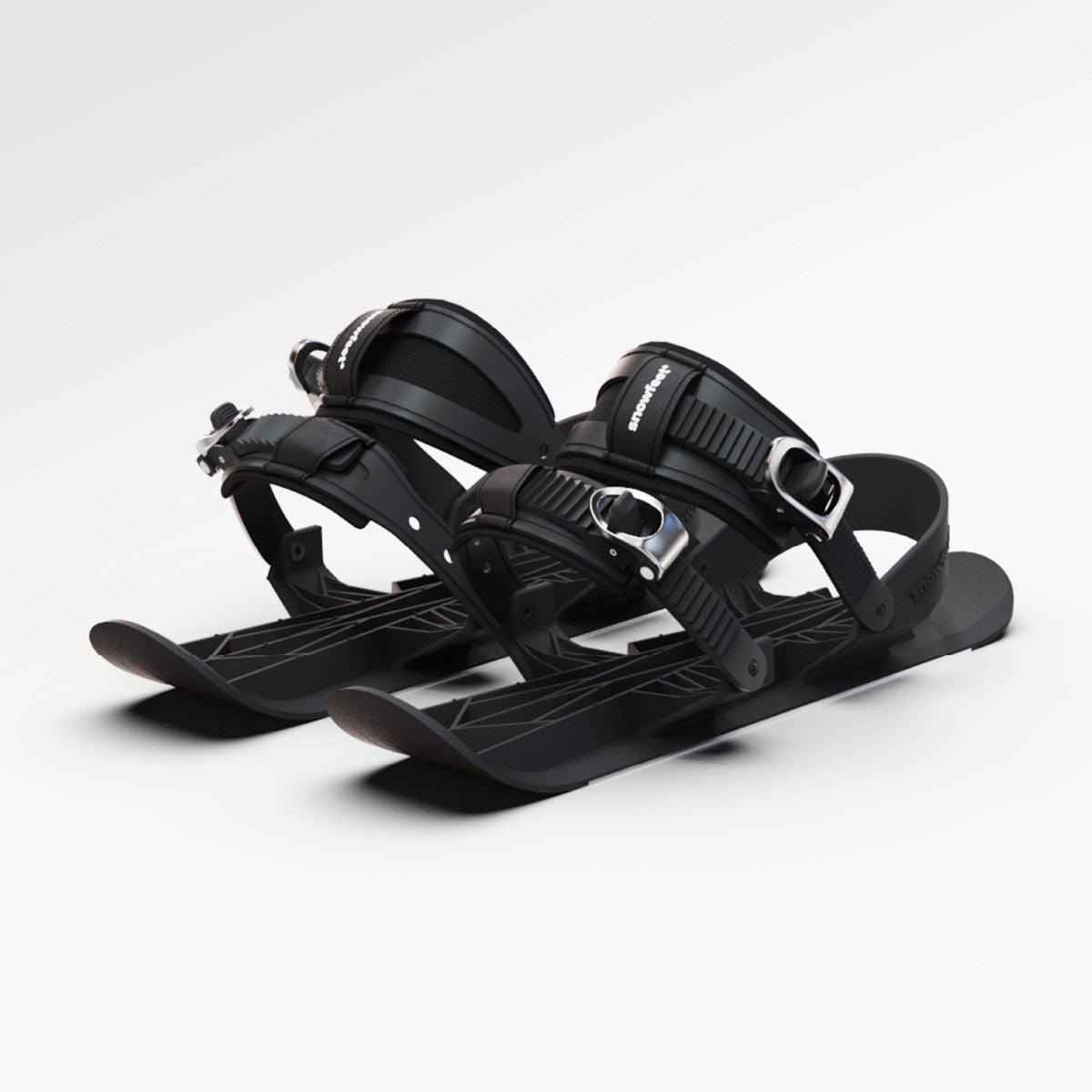

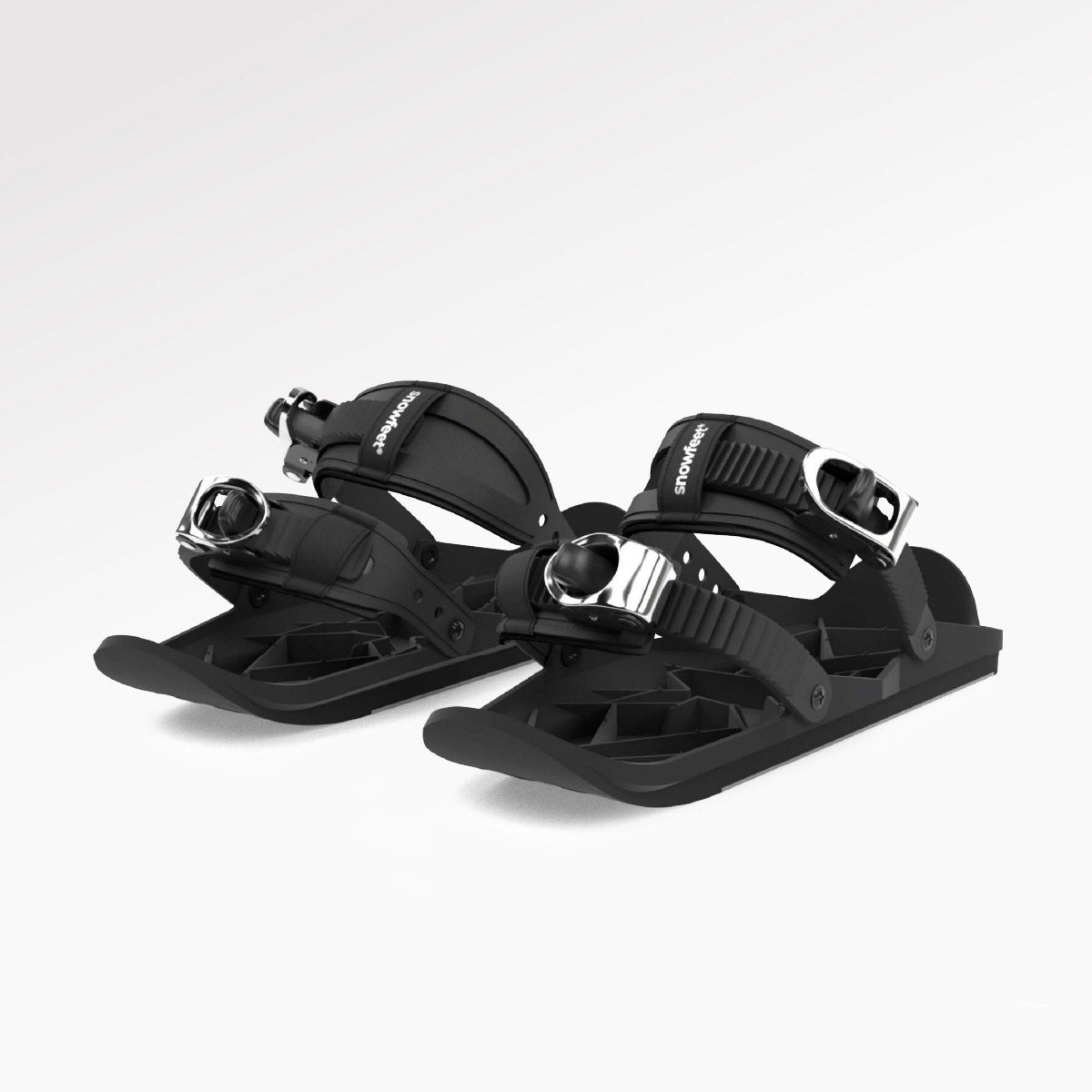
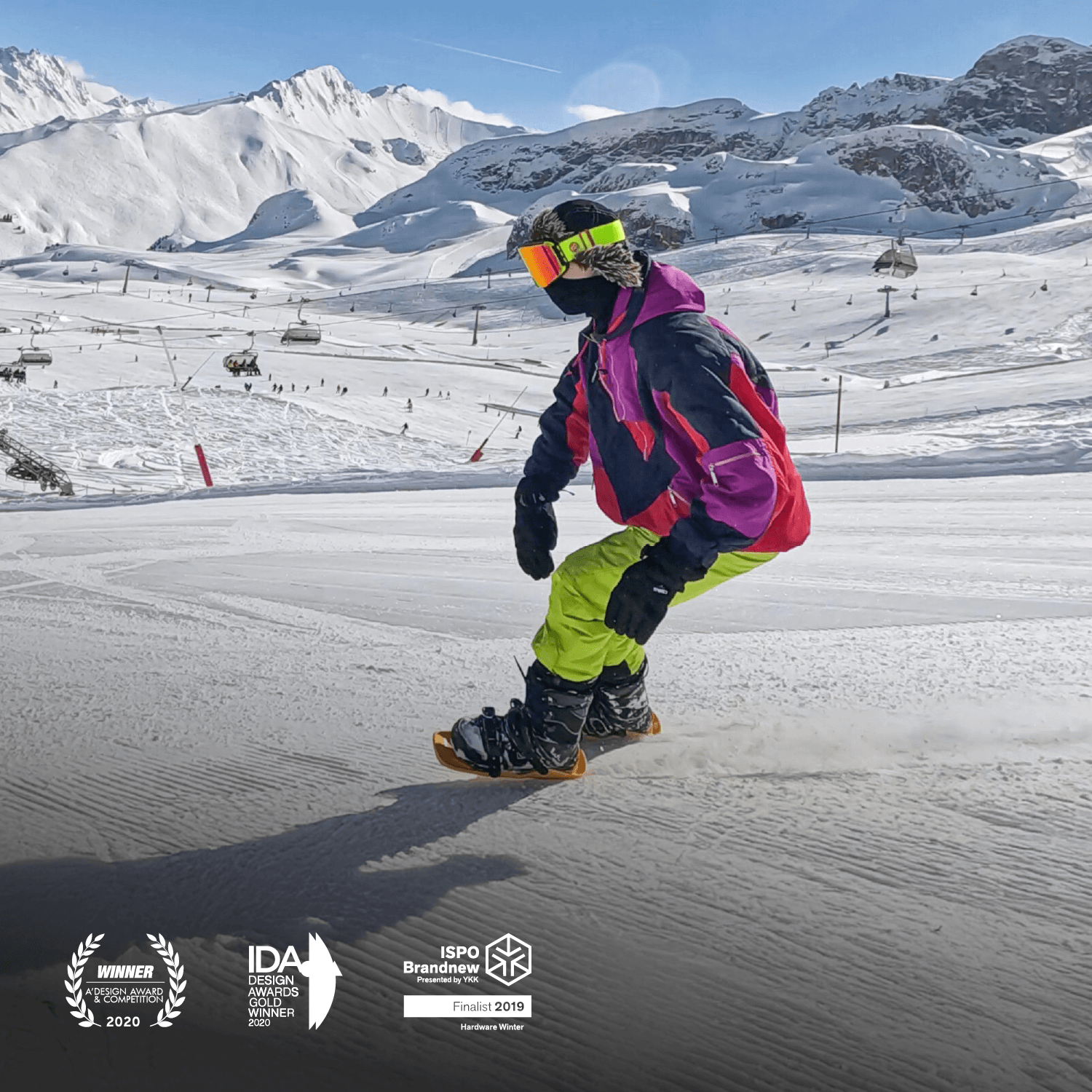
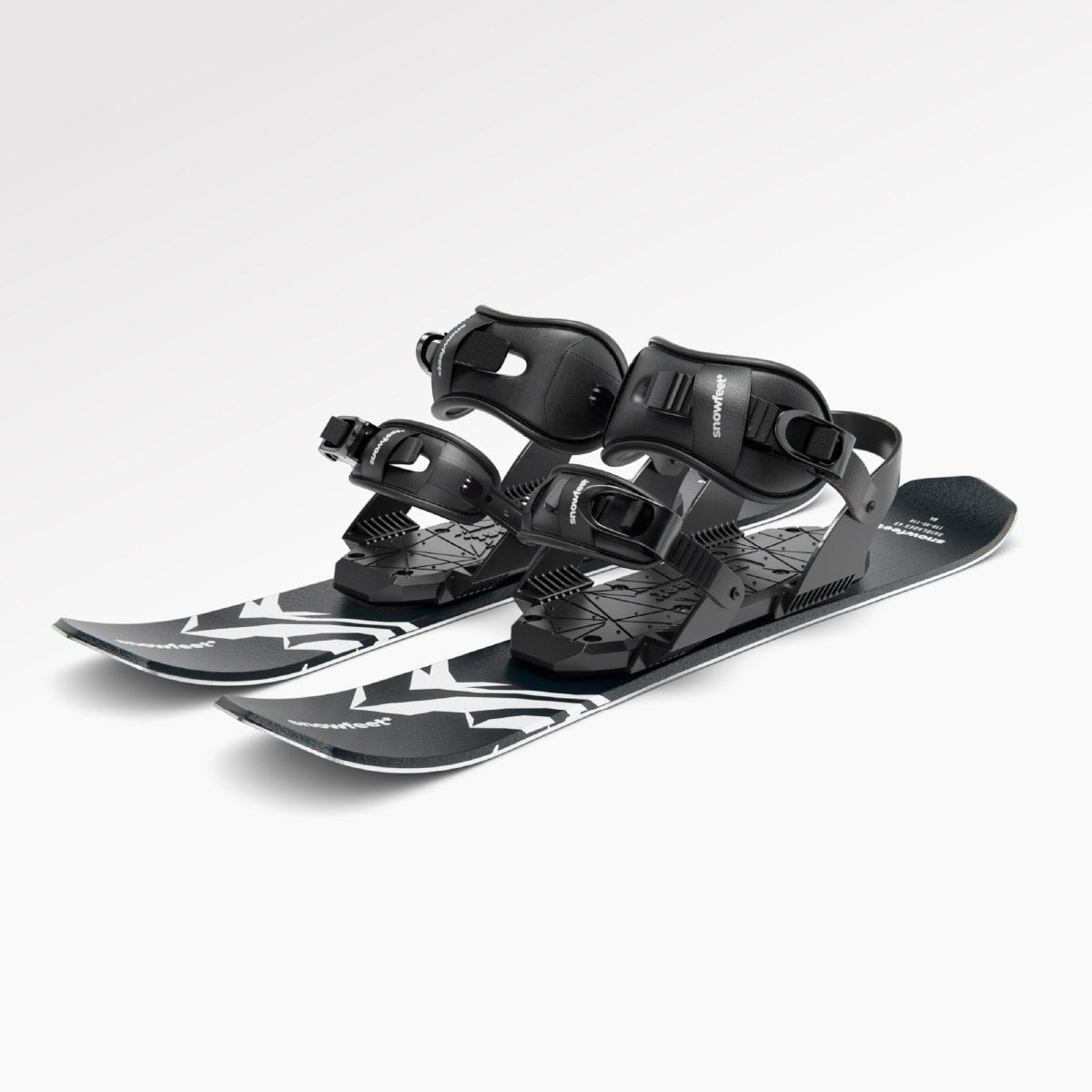
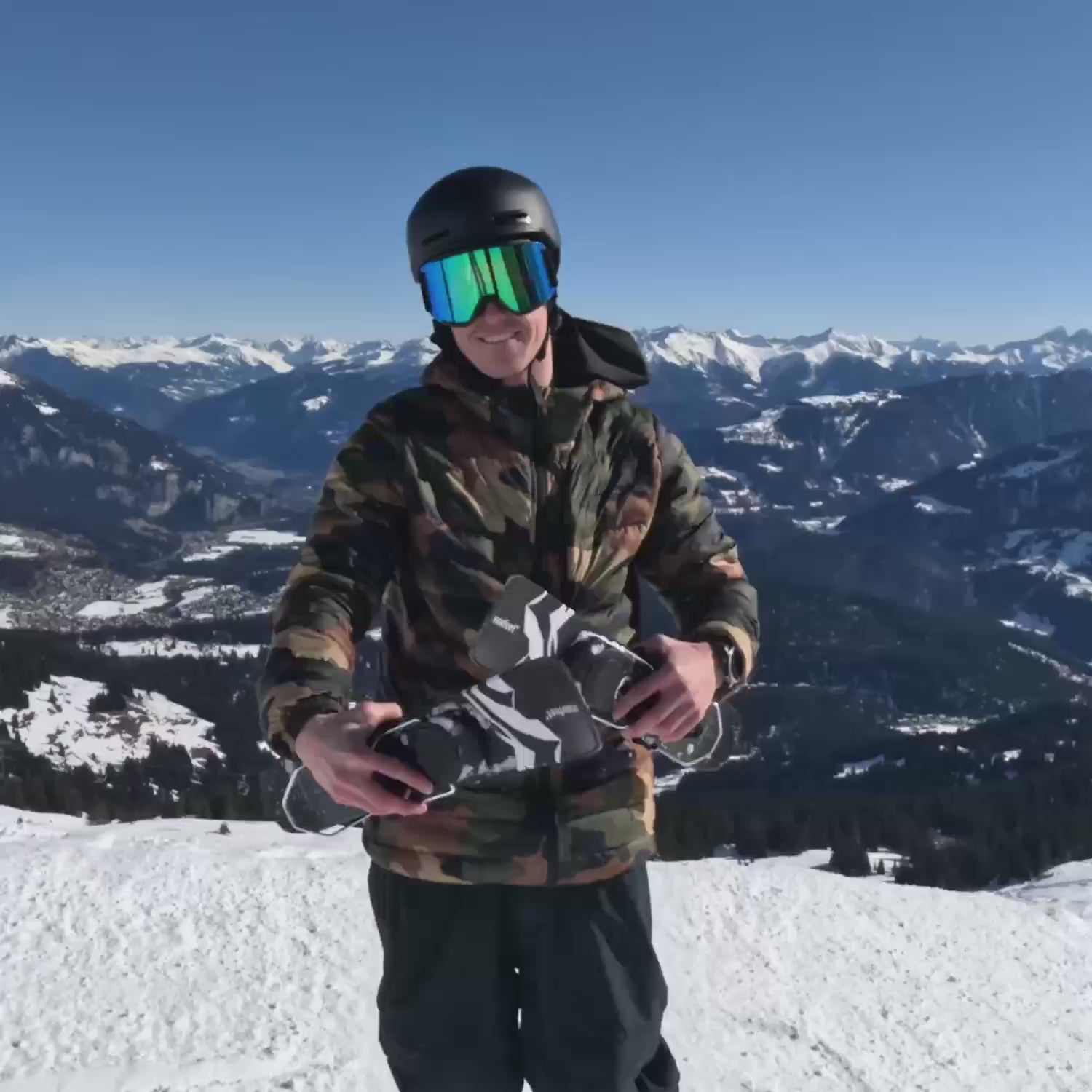
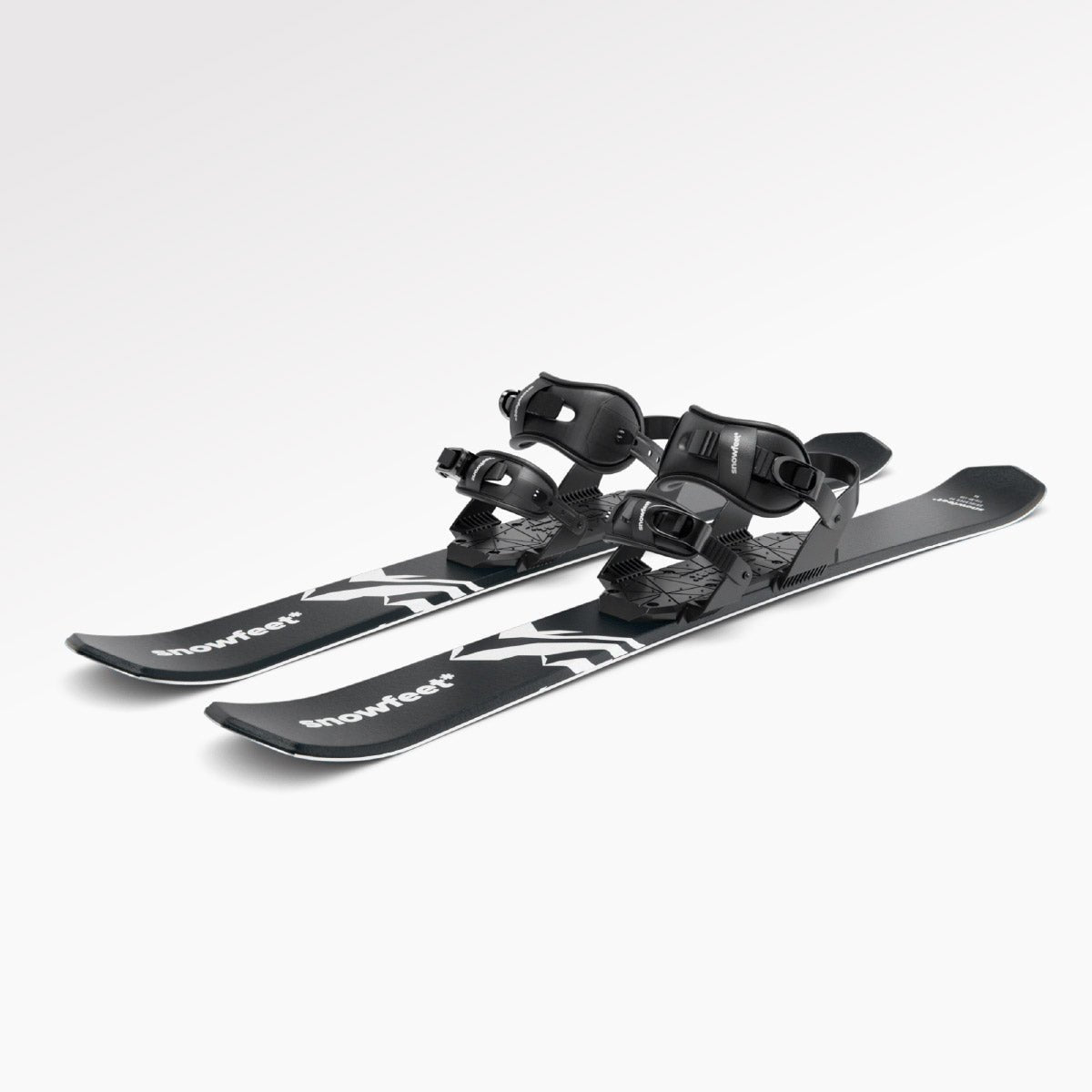
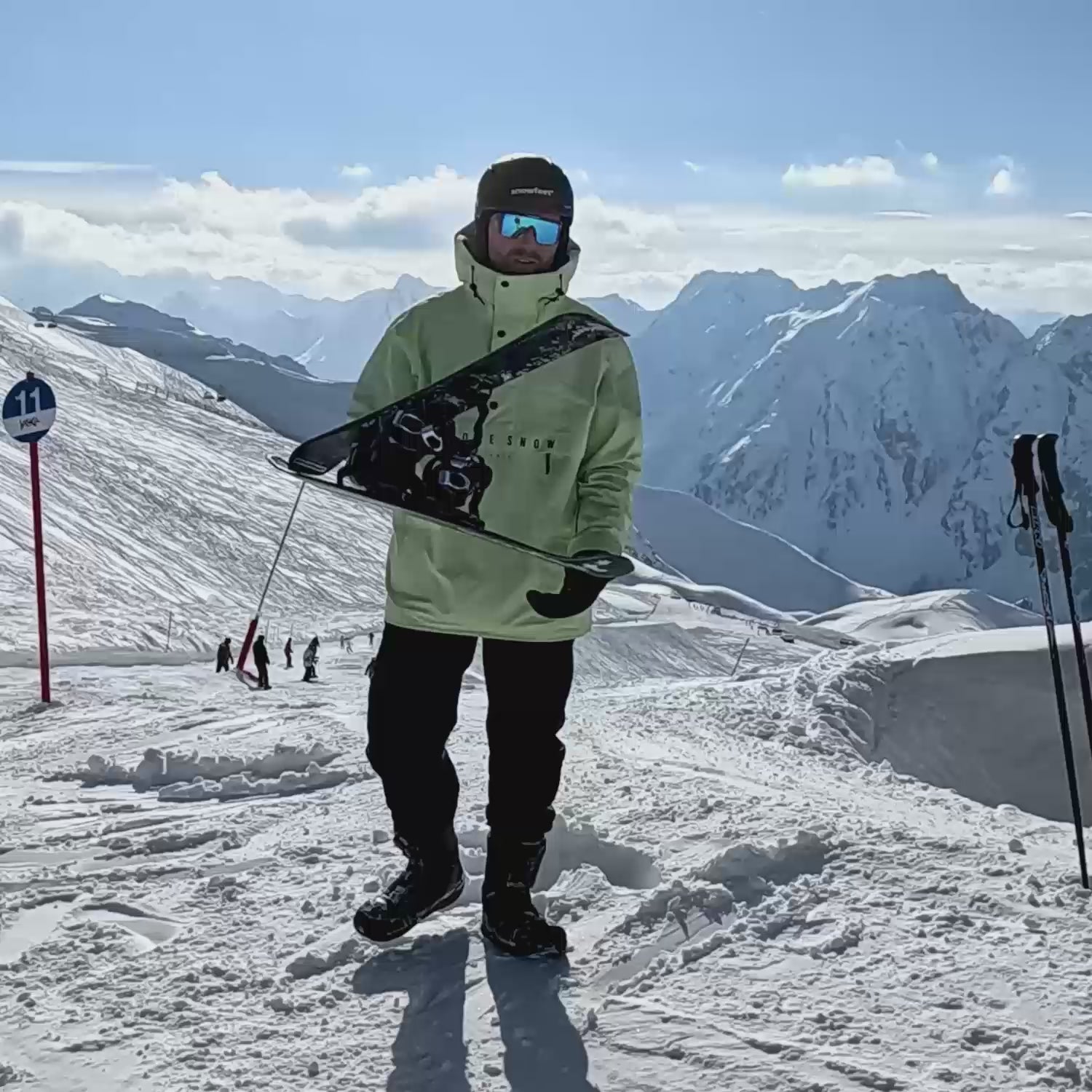
3 comments
Snowfeet Team
@Beatrice
Thank you for your question! Yes, Snowfeet skiblades are actually easier on the knees than long skis — they’re shorter, lighter, and turn with less effort. Many older skiers find them more comfortable and stable at slower speeds. Enjoy your skiing! ❄️⛷️
Beatrice
I have some knee problems but I’d still love to hit the slopes from time to time. Are Snowfeet suitable for someone with bad knees?
canada drugs online
This article will help the internet people for creating new weblog or even a weblog from start to end.
Leave a comment
This site is protected by hCaptcha and the hCaptcha Privacy Policy and Terms of Service apply.